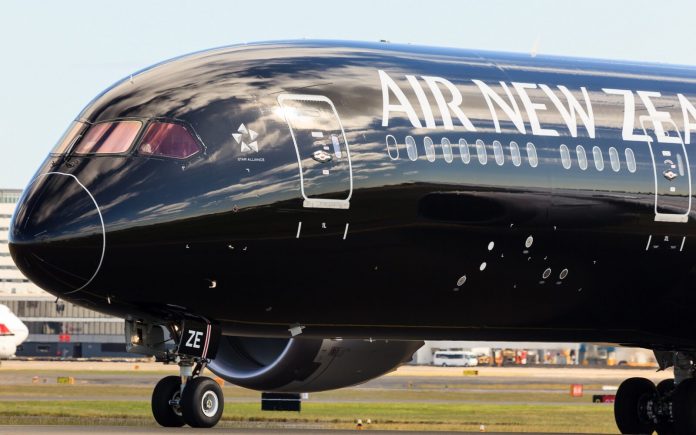Air New Zealand announced plans to take 13 aircraft in the next five years. This comes after the airline’s financial results finally recovered following three straight years of losses, according to its latest financial release.
Original Equipment Manufacturers (OEM) will deliver the aircraft between H2 FY2023 (ending in June 2023) and 2028. One Airbus A320neo/A321neo will arrive at the airline sometime in H2 FY2023, two in 2024, and two in 2027. Meanwhile, Boeing will deliver a total of eight 787s: two per year in 2025, 2026, 2027, and 2028.
The New Zealander airline plans to spend a total of NZD3 billion ($1.86 billion) to acquire the aircraft through to 2028. Currently, no other orders are planned beyond that date. In terms of its fleet development, the airline ended 2022 with 104 aircraft, while in 2026, it expects to have 111 aircraft in its fleet. By 2026, the airline expects to add four Boeing 787s, five Airbus A320/A321neos, and remove a single Boeing 777-300ER, as well as an Airbus A320 aircraft from its operations.
It will also retrofit the interiors of its 14 Boeing 787 aircraft, with the process anticipated to begin no earlier than mid 2024. The retrofit should set Air New Zealand back about NZD450 million ($280.2 million), “staggered over several years”, the airline said in its latest financial report.
The airline finished H1 FY2023, ending on December 31, 2022, with a net profit of NZD213 million ($132.6 million). It carried over 7.9 million passengers throughout the six-month period, compared to 3.2 million during the corresponding period, with load factors growing from 58.5% to 87.5%. Overall revenues grew from NZD1.1 billion ($685.5 million) to NZD3 billion ($1.8 billion), allowing the carrier to achieve a profit despite operating costs ballooning to NZD2.4 billion ($1.4 billion), which is more than double than the operating costs Air New Zealand experienced in H1 FY2022 (NZD1.1 billion, $685.7 million).
“Today’s result reflects an important milestone in our recovery and places us in a strong position to deliver on our strategy,” said Dame Therese Walsh, the airline’s chair.
“When New Zealand’s borders reopened much earlier than expected, our people rose to the occasion, moving swiftly to return aircraft to service, relaunch 29 routes and onboard more than 3,000 employees to support the eight million customers we flew between July and December – the busiest period we’ve seen in over three years,” Walsh added.
























